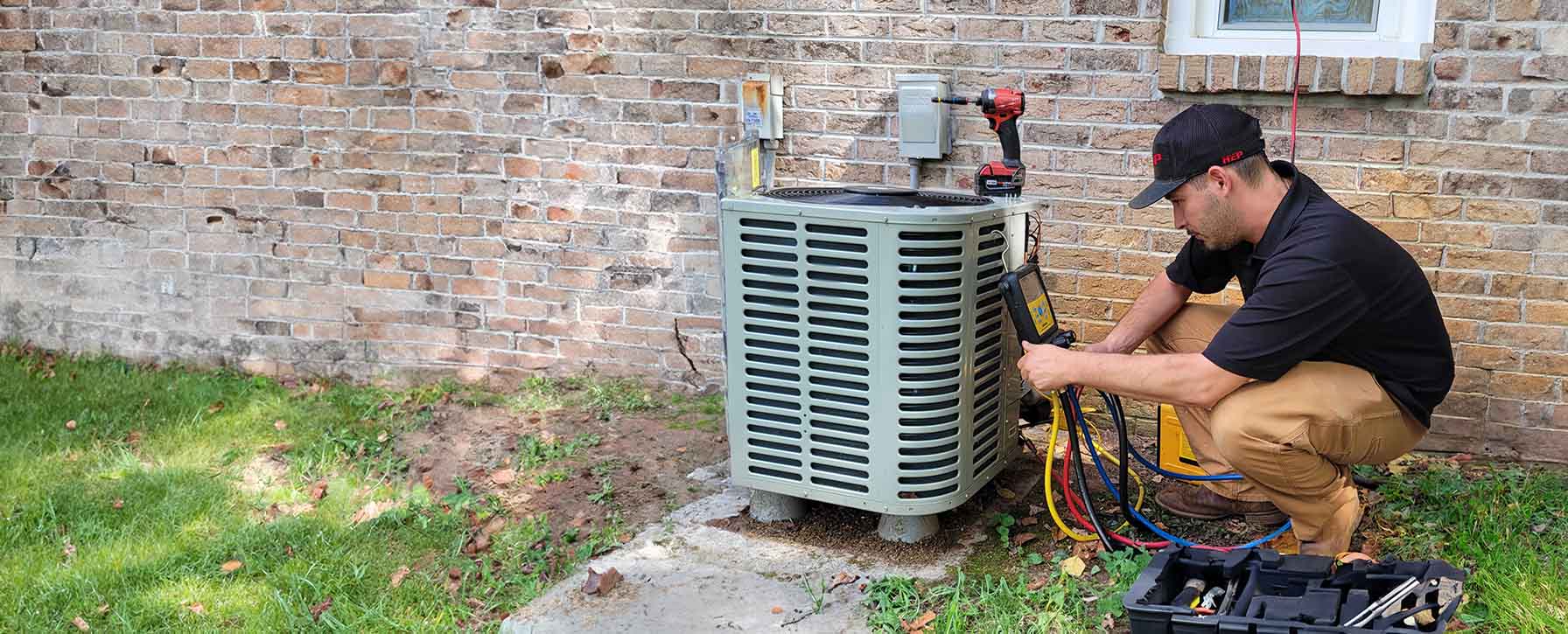

Indoor Comfort
Your trusted partner for professional home services. Quality workmanship, guaranteed satisfaction.




- HEP
- Indoor Comfort
Indoor Comfort | Ventilation and Air Quality | Heating and Air Conditioning | Altamont
Nestled in the heart of Altamont, HEP’s Indoor Comfort Heating and Air Conditioning team knows that true home comfort goes far beyond temperature control. Our certified technicians design, install, and maintain advanced filtration systems, energy-efficient heat pumps, smart thermostats, and whisper-quiet air handlers that keep every room feeling just right—no matter the season. Whether you’re battling summer humidity or winter dryness, we tailor solutions that balance moisture, eliminate hot and cold spots, and help your HVAC equipment run at peak performance.
Most importantly, we tackle what you can’t always see: ventilation and air quality. From sealed duct repairs and high-MERV filters to UV lights, ERV systems, and routine IAQ assessments, we clear out allergens, odors, and airborne contaminants so you can breathe easier every day. Trust HEP to turn your Altamont house into a healthier, happier home—because comfort should always feel this clean.
FAQs
Why is proper ventilation so important for indoor air quality in Altamont homes?
Altamont experiences warm summers and relatively cool winters, so homes are tightly sealed to conserve energy. While that helps with efficiency, it can trap moisture, odors, and pollutants such as volatile organic compounds (VOCs), cooking fumes, and pet dander. Adequate ventilation—through balanced mechanical systems, bathroom and kitchen exhaust fans, or energy-recovery ventilators (ERVs)—continually replaces stale indoor air with fresh outdoor air, diluting contaminants and preventing mold growth. This protects respiratory health and keeps humidity in the 30–50 % range recommended by the EPA.
What are the most common signs that my heating and air-conditioning system needs professional maintenance?
Watch for uneven room temperatures, weak airflow from supply registers, odd noises (grinding, squealing, or banging), unexplained spikes in utility bills, and excessive dust buildup around vents. In Altamont’s climate, HVAC systems typically run year-round, so clogged coils, low refrigerant, or dirty burners can appear sooner than expected. Scheduling bi-annual tune-ups—one in spring for the A/C and one in fall for the furnace or heat pump—catches these issues early, prolongs equipment life, and maintains manufacturer warranty coverage.
How often should I change or clean my HVAC air filters?
For most Altamont households, replace 1-inch disposable fiberglass or pleated filters every 60–90 days. If you have pets, allergies, or run the system continuously during peak heating or cooling months, check monthly and change at least every 30 days. High-efficiency media filters (4–5 inches thick) last 6–12 months, while washable electrostatic filters should be rinsed every 30 days. A clean filter improves airflow, reduces energy consumption by up to 15 %, and prevents dust from coating coils and ducts.
Which heating and cooling options are most energy-efficient for Altamont’s climate?
Heat pumps—both air-source and geothermal—excel because they provide heating and cooling from a single unit. Modern air-source heat pumps with SEER2 ratings of 16 + and HSPF2 of 8 + can cut energy use by 30–40 % compared with older split systems. For homes without existing ductwork, high-efficiency ductless mini-splits eliminate duct losses entirely. If natural gas prices are favorable, a condensing furnace rated 95 % AFUE paired with a 16–18 SEER2 central A/C offers excellent cold-weather performance. Whichever system you choose, proper sizing and duct sealing are critical to realizing the advertised savings.
What steps can I take to reduce indoor allergens and pollutants besides regular filter changes?
1) Seal and insulate ductwork to keep out attic or crawl-space dust. 2) Install a whole-home MERV-13 media filter or an electronic air cleaner to capture microscopic particles like pollen and smoke. 3) Use a UV-C light in the air handler to inhibit mold and bacteria on the coils. 4) Maintain indoor humidity at 30–50 % with a whole-house dehumidifier in summer and a humidifier in winter. 5) Ventilate with an ERV or HRV that pre-conditions fresh air without large energy losses. 6) Choose low-VOC paints, flooring, and cleaning products to limit chemical off-gassing.
Can a programmable or smart thermostat really lower my energy bills in Altamont?
Yes. Energy Star studies show that properly programmed smart thermostats save the average homeowner about 8 % on heating and cooling costs. In Altamont, you can set the temperature back 7–10 °F for at least 8 hours a day—while you’re asleep or away—to see noticeable savings without sacrificing comfort. Smart models learn your schedule, adjust for local weather, and provide usage reports, making it easier to fine-tune settings. They also support utility demand-response programs that offer bill credits for reducing load during peak hours.